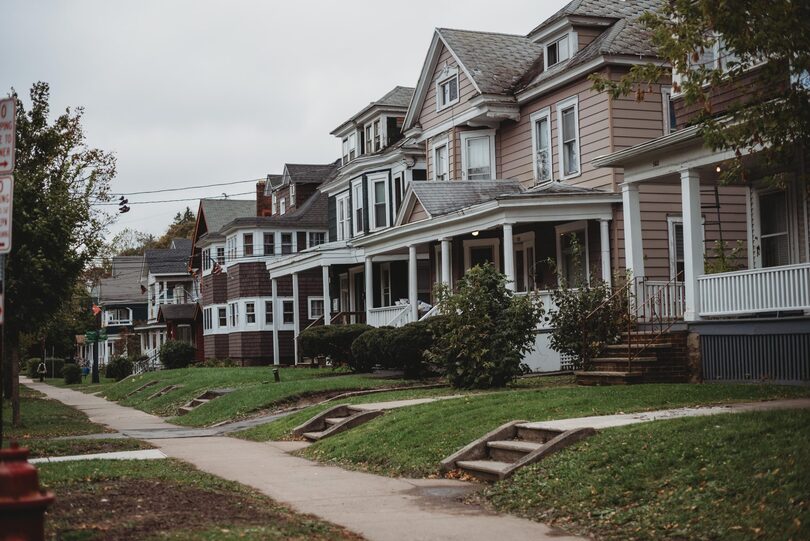Syracuse’s ‘Look Before You Rent’ tool holds landlords accountable

Syracuse launched the Look Before You Rent tool on April 1. The interactive map bolsters accountability for landlords, showing rental property information statuses like rental registry and violations of the city’s property code. Alexandra Moreo | Daily Orange File Photo
Get the latest Syracuse news delivered right to your inbox.
Subscribe to our newsletter here.
Sarah Appedu first learned about Syracuse’s new Look Before You Rent Tool from a post on LinkedIn. As a local renter and Ph.D. student at Syracuse University, she was curious to see what the city knew about her apartment and others in her neighborhood.
Launched in April, the tool was created to increase accountability for landlords and the upkeep of their properties, city of Syracuse Director of Digital Services Jason Scharf said. The interactive map shows rental property information statuses such as the rental registry, certificate of compliance and violations of the city’s property code.
“I think it’s useful to have context on where you live,” Appedu, an information science and technology major, said. “A tool like this is really helpful for the accessibility of this information.”
The tool aims to make public data on rental properties more accessible to community members, Scharf said. It consists of combined residential datasets, including data from the Department of Code Enforcement’s interactive map and the vacant properties map collected by Open Data Syracuse.
“The benefit of the tool is to make things more transparent, ideally pressuring landlords a bit to get those properties certified and inspected,” Scharf said.
Sharon Sherman, the Executive Director of the Greater Syracuse Tenants Network, said the tool is an easy way for potential renters to learn more about a landlord and their property beyond their own interactions.
“Renting from someone with a bad track record with the city is a disaster,” Sherman said. “But you can feel reassured using this tool, because you can see if a landlord isn’t keeping their property up, even if they sound good on the phone.”
Now, the city is focused on getting the tool to residents.
Over 3,000 users have visited the tool since its launch earlier this month, Scharf said. The city of Syracuse hopes to grow its outreach, distributing informational cards at housing events this summer and encouraging the community to inform others about the tool.
“We’re going to really promote to people that this tool is available,” Scharf said. “Because it’s great if it’s on the website, but if people aren’t using it, we aren’t going to get the value out of it that we could be.”
Historically, this data has been kept in separate Excel spreadsheets and CSV files, making it inaccessible to the public. Bringing all of the information to one navigable system is necessary to better serve residents, Scharf said.
“Having public data is awesome,” Scharf said. “But in order to make it really accessible and useful to a broad range of residents, you have to be intentional.”
Every three years, landlords must register their properties with the city and maintain a certificate of compliance, ensuring their properties are inspected and up to safety and health codes. The tool displays any violations of these codes for each property, along with its issue date.
The map allows users to filter by neighborhood and Common Council district and give them the ability to search specific properties by address. Each listing has a direct link to the address’s Google Street View and updates daily.
The concept behind the tool was inspired by Deputy Mayor Sharon Owens and Department of Neighborhood and Business Development Commissioner Michael Collins in December 2024, Scharf said. He credits the project’s four-month completion to the data repositories made available by Open Data Syracuse since 2017.
When developing the tool, Scharf said a key aspect of accessibility was its compatibility across user interfaces. The finished product adjusts to screen size, making it compatible with both mobile and desktop devices.
Appedu hopes the tool will make more people aware of the importance of residential code compliance and facilitate the system of “checks and balances” between tenants and their landlords.
“It’s sort of a literacy thing,” Appedu said. “Most people probably don’t know what a lot of this information means or where to look for it, so to just have it easily accessible I think is really helpful.”






